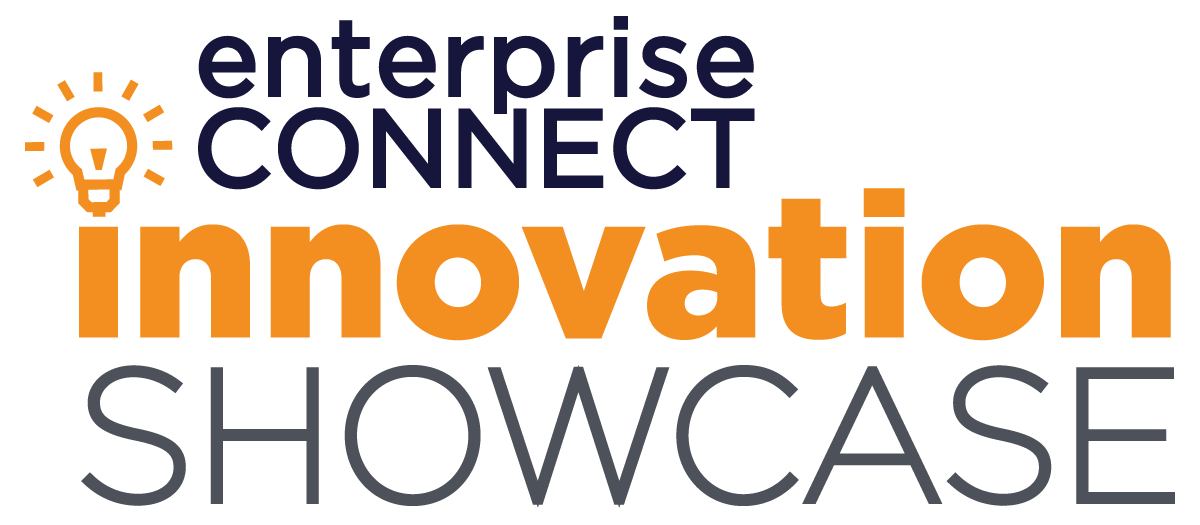We’ve known for years that our online histories are used to serve targeted ads. Last year, we learned that this data mining can also be used to influence political perspectives. Our online personal data is clearly valuable, but what about the data we generate at work?
Our work data isn’t as lucrative to advertisers since most enterprise solutions are ad-free, but that doesn’t mean the data isn’t valuable. Our online data, including from communications and collaboration applications, can reveal a lot about individual work style, productivity, and more.
The concept isn’t new. For decades contact center agents have operated under a productivity microscope. It’s common to report productivity, efficiency, re-work, and outcomes. Now, thanks to the cloud, that microscope extends to many more of us.
We’ve all observed that some people are more productive than others, but it’s been hard to say why objectively or measure the productivity of knowledge workers. That’s changing; as our work shifts to the cloud, we have new ways to observe productivity.
As I’ve mentioned previously, actionable analytics is the theme for this year’s Innovative Showcase at Enterprise Connect, coming the week of March 18 to Orlando, Fla., and we’re seeking solutions that can turn enterprise communications data into actionable insights.
Consider Microsoft’s “fitness tracker” for Office 365. The application, MyAnalytics, provides employees with a personal dashboard intended to help manage and improve productivity. It contains graphical reports on where a user’s time goes, such as in meetings and on processing email. It even offers suggestions on how the user could improve productivity.
MyAnalytics taps into the data stored in a growing number of Office 365 applications, including Outlook, Skype for Business, Teams, OneDrive, and SharePoint (with more coming). This is the information era’s version of counting units and defects.
The adage goes that you can’t improve what you can’t measure, and there are surprisingly few tools available that really measure general productivity. Microsoft states that MyAnalytics benefits include increased productivity and potentially reduced burnout. The app also enables companies to model the most productive mix of activities as well as identify poor performers.
We create data in every call we make and every message we send, and our digital footprints are revealing more information. It’s not just that we’re in meetings, but who we’re meeting with, topics of discussion, and much more. Cloud applications are clearly changing our workflows, and our expectations and capabilities around analytics continue to increase.
The API economy enables analytical tools to generate far more complete views. For example, a traditional call detail report showed dialed numbers and minutes, but combined with CRM data, CRM updates, transcriptions, sentiment scores, and sometimes even order entry, we can see and measure entire transactional lifecycles. Analytics don’t need to be contained to business application data either. It’s not uncommon for solutions to now evaluate external data sources such as the weather, financial market trends, social networks, and more.
Today’s version of the infamous TPS Reports from the movie Office Space would be continuously updated and customized to each recipient.
In some cases, modern analytics tools are using machine learning technologies to better recognize patterns and even predict outcomes. The concept of using data to identify problems before they occur isn’t new, but the sheer amount of data now available requires totally new approaches -- it also offers potentially larger benefits.
Our curiosity and desire for more information is creating an opportunity for new insights into our work and processes. Communications vendors are increasingly making usage data available for analytics. Last year, Cisco announced its Webex graph, which can expose APIs for meeting, people, and resource data. Similarly, Alcatel-Lucent Enterprise has a relationship engine as a central component of its Rainbow services. This is creating an opportunity for specialized engines, algorithms, and expertise to enable more customized insights.
During the Innovation Showcase at Enterprise Connect on Monday, March 18, we’ll be introducing several new analytics solutions that provide actionable analytics. It’s not too late to apply for consideration. We have three judges ready to analyze the applications. The deadline to apply is Feb. 22. Learn more about the Innovation Showcase and how to apply here (and be quick about it).
If you haven’t yet registered for Enterprise Connect, you still have time to catch the Early Bird Rate, which closes on Friday, Feb. 22. Use the code NJPOSTS, and save an extra $200!










